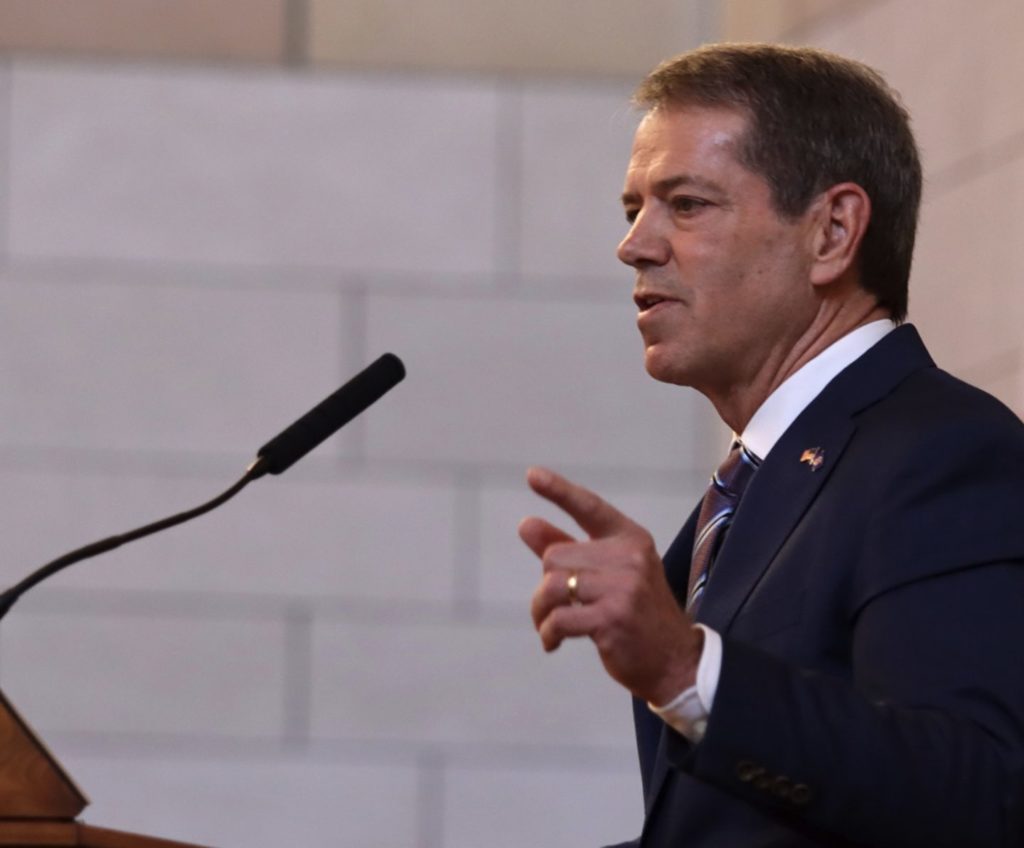Nebraska governor proposes reforms to convoluted school funding system
The arcane, convoluted formula for public school funding in Nebraska is about to receive a significant makeover if Gov. Jim Pillen has his way.
In Nebraska, property taxes are the primary funding…

The arcane, convoluted formula for public school funding in Nebraska is about to receive a significant makeover if Gov. Jim Pillen has his way.
In Nebraska, property taxes are the primary funding mechanism for public schools resulting in a per capita property tax burden that outstrips most other states.
When economic downturns reduce the value of property, assessor offices are often slow to reflect that in annual valuations, leaving taxpayers squeezed between high taxes and reduced incomes.
Attempts to limit these windfalls, or to require taxing authorities to adjust their levies appropriately, have been routinely and successfully opposed by school districts, teachers’ unions and the vendors and service providers that rely on those funds for their own growth.
Pillen’s plan looks to reorder these funding mechanisms, increasing state tax-dollar support for K-12 education, while capping property taxes.
In Nebraska, lower populated counties with vast farm and ranch property become funding sources for urban districts, with the outsized burden falling on far fewer shoulders.
Because the comparatively low state contribution to public school funding leaves a significant gap in rural and urban district K-12 budgets, local property taxes have covered the shortfall resulting in wildly differing tax burdens across the state.
Governor Pillen knows this dynamic intimately as the owner of a large family farm and swine operation. Having lived under the system’s disparities himself, he concluded it was “Time to blow it up and simplify it,” as he told the Omaha World-Herald shortly after winning office.
The governor’s plan would pair $113 million in new aid to mostly rural districts with a $157 million increase in special education dollars for all. The state pledged 50 years ago to cover 80% of school district’s special education costs, but has perennially failed to do so.
This new initiative would live up to the 80% promise, a move that has the educational establishment in Nebraska viewing Gov. Pillen, who is serving his first term in the Cornhusker state, with cautious optimism.
Coupled with a cap of 3% on property tax increases, Pillen intends to put state aid to schools ahead of many other budget priorities, earning him some early goodwill from both taxpayers and tax consumers.
The education funding plan is part of a larger push for historic tax cuts by the governor.



